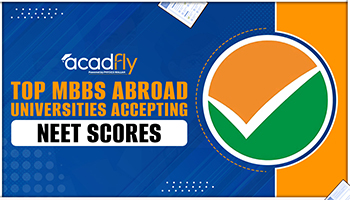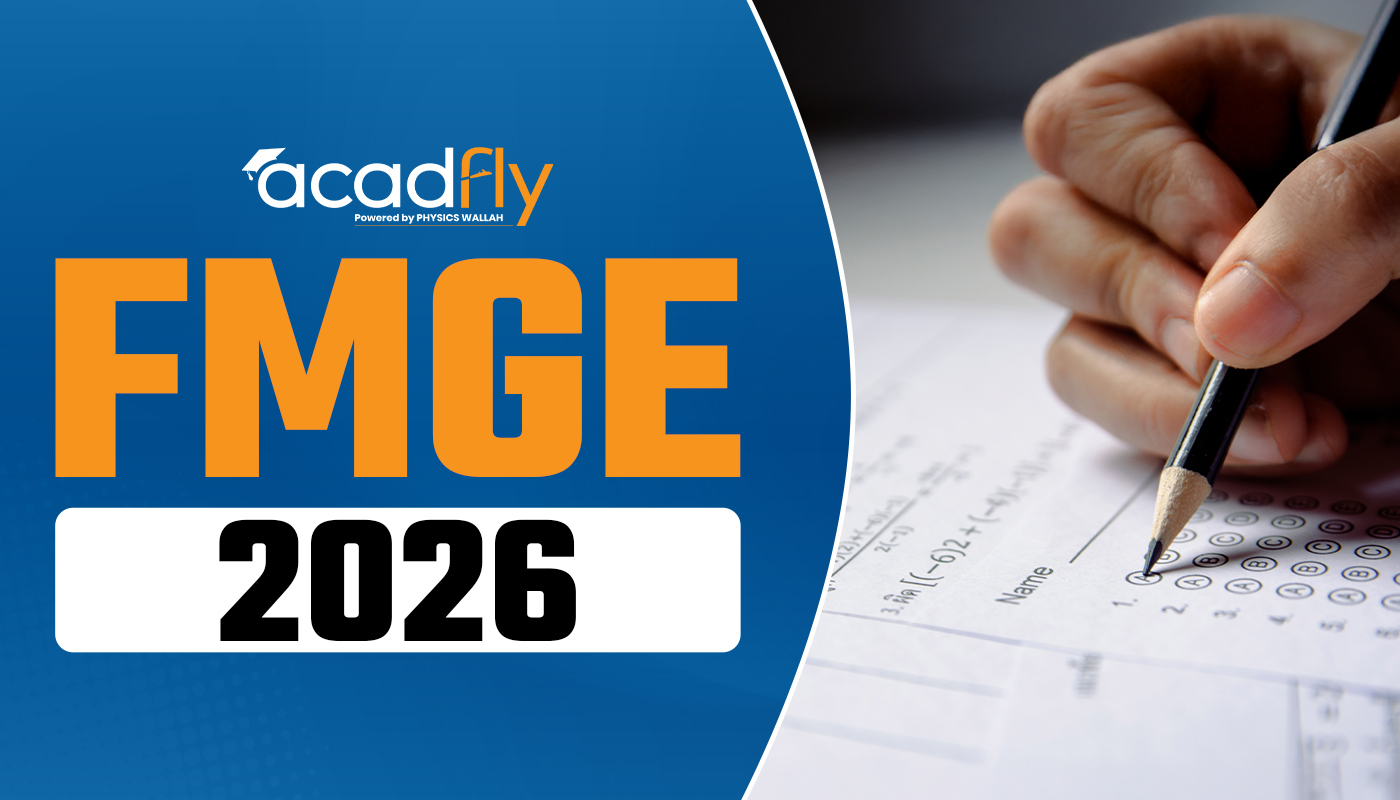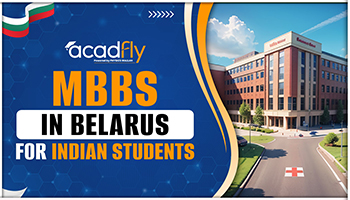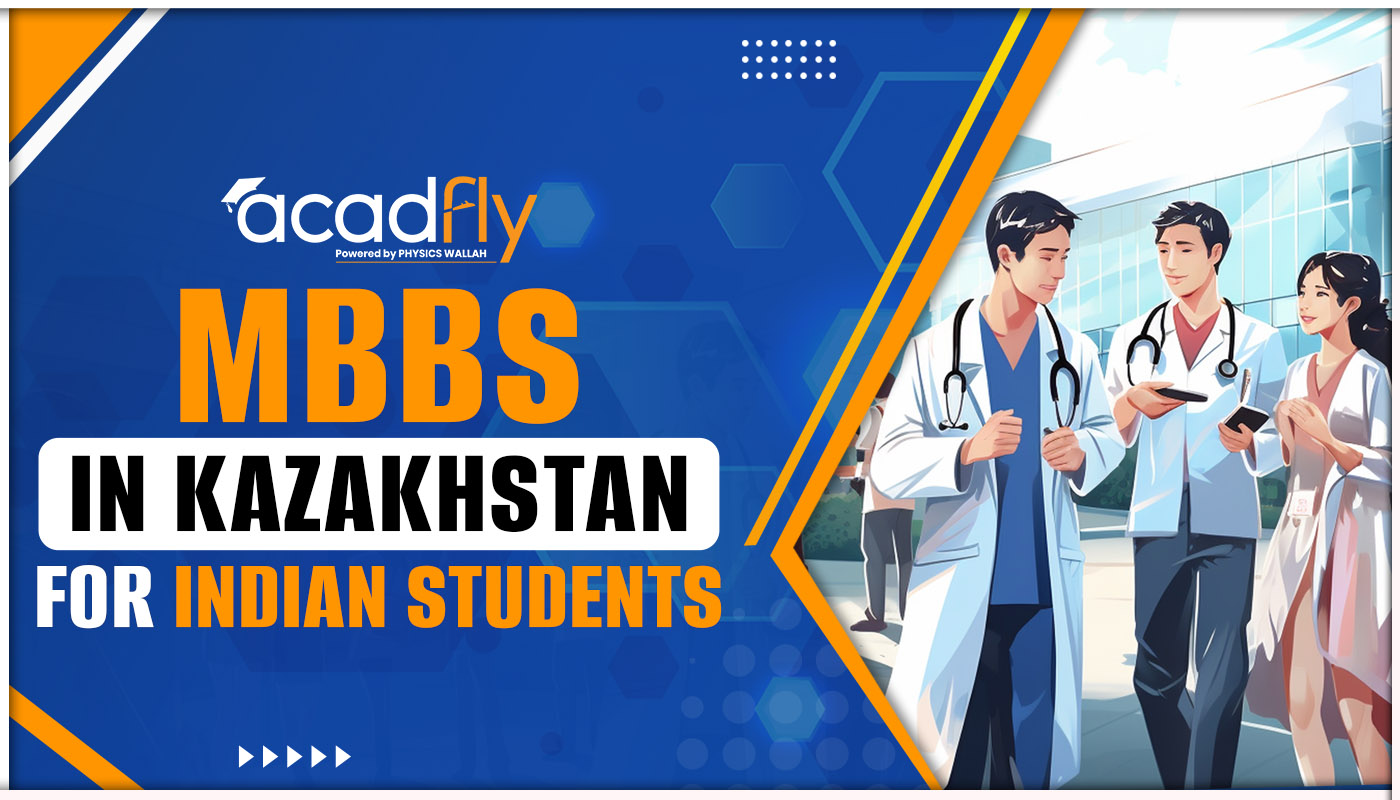
When navigating the world of student visas in the United States, two crucial work authorization options often come into play: Optional Practical Training (OPT) and Curricular Practical Training (CPT). Both provide valuable opportunities for international students on F-1 visas to gain practical experience in their field of study. However, understanding the distinctions and overlaps between OPT and CPT is essential for making informed decisions about your career and academic path. This comprehensive guide explores the key differences and similarities between OPT and CPT guide, offering a detailed comparison to help you make the best choice for your professional growth.
What are OPT and CPT?
Optional Practical Training (OPT) and Curricular Practical Training (CPT) are work authorization options for F-1 students in the U.S. OPT allows students to work in their field of study for up to 12 months after graduation, while CPT permits students to gain work experience during their studies as part of their curriculum. Both require approval from your Designated School Official (DSO) and, for OPT, also from USCIS.
Understanding OPT
Optional Practical Training (OPT) is a work authorization program that allows F-1 visa students to work in their field of study for up to 12 months post-graduation or during their studies. OPT can be pursued either during the academic program (pre-completion OPT) or after graduation (post-completion OPT). The primary goal of OPT is to provide students with an opportunity to apply their academic knowledge in a real-world setting, enhancing their skills and preparing them for future career endeavors.
Understanding CPT
Curricular Practical Training (CPT) is a type of work authorization that allows F-1 students to gain practical experience while they are still enrolled in their academic program. CPT is integral to the curriculum of the student’s degree program and must be directly related to their major field of study. Unlike OPT, CPT can be undertaken before graduation and is often used for internships, cooperative education programs, or practicum experiences.
Key Differences Between OPT and CPT
OPT (Optional Practical Training) allows you to work in your field of study after completing your degree, either during or after your studies, for up to 12 months (or up to 36 months for STEM fields). CPT (Curricular Practical Training) permits you to work while still enrolled in school, as long as the work is integral to your curriculum. The key difference is that OPT is post-completion or during studies, while CPT is only during studies.
1. Eligibility Requirements
To be eligible for Optional Practical Training (OPT), you must be an F-1 student who has completed at least one academic year of full-time study at a U.S. institution. You should also be in good academic standing and apply for OPT before or within 60 days of completing your program.
OPT Eligibility
To be eligible for OPT, students must have completed at least one academic year of full-time study at a SEVP-approved institution. OPT is available to students who have maintained their F-1 status and who have not previously used their OPT benefit. Students must apply for OPT through the U.S. Citizenship and Immigration Services (USCIS) and receive an Employment Authorization Document (EAD) before beginning employment.
CPT Eligibility
CPT eligibility requires that students have completed at least one academic year of full-time study in a SEVP-approved institution, similar to OPT. However, CPT must be an integral part of the student’s academic program and directly related to their major. Unlike OPT, CPT does not require an EAD; instead, it requires authorization from the Designated School Official (DSO) and must be noted in the student’s SEVIS record.
2. Application Process
The application process for OPT involves getting approval from your Designated School Official (DSO), and then filling out and submitting Form I-765 to USCIS. Make sure to do this within the correct time frame—usually 90 days before or 60 days after your program ends—to ensure your application is processed on time.
Applying for OPT
The application process for OPT involves several steps:
-
Consult with DSO: Discuss your intent to apply for OPT with your Designated School Official.
-
Submit Form I-765: File Form I-765, Application for Employment Authorization, with USCIS.
-
Receive EAD: Wait for approval and receipt of the Employment Authorization Document (EAD) before starting employment.
Applying for CPT
The CPT application process is generally more straightforward:
-
Consult with DSO: Meet with your DSO to discuss CPT opportunities and ensure that the job is related to your major.
-
Obtain CPT Authorization: Your DSO will update your SEVIS record and issue a new Form I-20 with CPT authorization.
-
Start Work: Begin your CPT employment once your DSO has provided the necessary authorization.
3. Duration and Limits
The standard OPT duration is up to 12 months, allowing you to work in your field of study. If you're a STEM graduate, you may be eligible for a 24-month extension, giving you a total of up to 36 months of OPT.
OPT Duration
-
Pre-Completion OPT: Available while you are still enrolled in your program, but only part-time (up to 20 hours per week) during the academic term.
-
Post-Completion OPT: Available after graduation for up to 12 months. An additional 24-month extension is available for STEM (Science, Technology, Engineering, Mathematics) graduates, totaling 36 months.
CPT Duration
-
Part-Time CPT: Up to 20 hours per week during the academic term.
-
Full-Time CPT: This can be undertaken during school breaks or in a full-time capacity if approved by the DSO. Note that students who accumulate 12 months or more of full-time CPT are ineligible for OPT.
Similarities Between OPT and CPT
Both Optional Practical Training (OPT) and Curricular Practical Training (CPT) allow F-1 students to work in the U.S. in positions related to their field of study. However, OPT can be used before or after graduation and has a maximum duration of 12 months (or 36 months for STEM fields), while CPT must be completed before graduation and is often tied to specific coursework or internships.
Purpose and Benefits
Both OPT and CPT serve the primary purpose of providing practical work experience related to the student’s field of study. They both enhance a student’s academic learning and help bridge the gap between theory and practice. Additionally, they offer valuable networking opportunities and help build a professional resume, which is crucial for future employment.
Work Authorization
While the processes and requirements differ, both OPT and CPT offer work authorization to F-1 visa students. This means that students can legally work in the U.S. in roles that complement their academic studies, making both options crucial for gaining practical experience.
OPT vs CPT: A Comparative Table
|
Aspect |
OPT |
CPT |
|
Eligibility |
Completed one academic year, must maintain F-1 status |
Completed one academic year, integral to the program |
|
Application |
Apply via USCIS, receive EAD |
Authorized by DSO, no EAD required |
|
Work Timing |
Post-graduation or pre-completion |
During studies |
|
Duration |
Up to 12 months (24 months extension for STEM) |
Part-time or full-time, but affects OPT eligibility |
|
Authorization |
EAD required |
Authorization noted in SEVIS |
Work Opportunities F-1 Visa
With an F-1 visa, you can work on-campus up to 20 hours per week during the academic term and full-time during breaks. Additionally, you may be eligible for off-campus work through Optional Practical Training (OPT) or Curricular Practical Training (CPT), depending on your program and visa status.
Exploring Career Paths
Both OPT and CPT offer unique work opportunities for F-1 visa holders. OPT is typically used by graduates seeking to gain experience in their field of study, while CPT is ideal for current students looking to integrate work experience into their academic curriculum. Understanding how each option aligns with your career goals and academic requirements is crucial for maximizing the benefits of your F-1 visa status.
Choosing Between OPT and CPT
Choosing between OPT and CPT depends on various factors, including your current academic standing, career goals, and the nature of the work experience you seek. If you are looking to gain experience before graduation, CPT may be more suitable. Conversely, if you aim to work after completing your studies, OPT provides a longer-term solution.
Frequently Asked Questions
1. What is the difference between OPT and CPT?
2. Can I use both OPT and CPT during my studies?
3. How do I apply for OPT and CPT?
4. Can I extend my OPT if I am a STEM graduate?
5. How does CPT affect my OPT eligibility?










